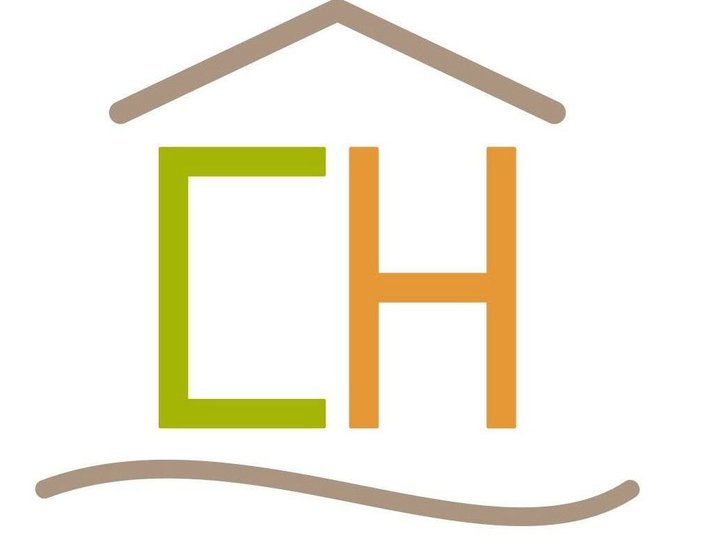Most of us are well aware by now that higher mortgage rates—combined with already towering home prices—have driven a severe home affordability crisis over recent months. But just how much are they affecting the actual monthly costs needed to own a home in today’s market?
When mortgage interest rates move a fraction of a percentage point, it might not seem like much. But even the smallest movements can add up to big savings—or make homeownership unaffordable for many would-be buyers.
For a home at the current median listing price, a buyer will pay about $900 more every month than they would have just a year ago, largely due to higher mortgage rates.
Last week, mortgage rates ticked up again to the high-6% range for 30-year fixed-rate loans, according to Mortgage News Daily, up from just below 6% last month. While those rates are down slightly from more than 7% in November 2022, the small increase last week is affecting the bottom line for many buyers already frustrated by stubbornly high home prices.
“When prices are high, people are borrowing more money, so the sting of higher mortgage rates is extra painful,” says Danielle Hale, chief economist at Realtor.com®. “Buyers either have to put more of their paycheck toward housing costs or cut back on their list of must-haves. For some buyers, it will be an impossible equation to solve, so they will end up staying put, with many would-be first-time buyers continuing to rent for longer.”
Even the recent drop of about a percentage point still left the mortgage rates several percentage points above the rock-bottom levels being offered in the preceding several years. The last time mortgage rates were near 6.5% was in 2008; the last time they were above 7% was in 2002.
So what do the current numbers show? Well, the current median listing price for a single-family home was $405,950 in January—up more than $100,000 compared with three years earlier, before the COVID-19 pandemic began. And data collected by the National Association of Realtors® shows the average down payment in 2022 was 14%. Combined with the latest interest rate, the monthly mortgage payment for the median-priced home would come to just above $2,300 per month. The same home, at January 2020 prices and mortgage rates, would have cost around half that, at about $1,150 per month.
And that’s before taxes and insurance. Adding those pushes the new monthly cost for the median-priced home to just under $2,900, where it would have cost about $2,000 one year ago.
At the current rates, the median home price would need to come down by 31% in order to have the same monthly payment as one year ago. That would mean a median home price of $280,000, compared with $405,950 for a current single-family home. And to get to the same monthly payment as two years ago, prices would need to be 47% lower than where they are now, or $215,000. And using the monthly cost from three years ago, just before the COVID-19 pandemic hit, prices would need to be about 49% lower, at about $206,000.
So what’s a stretched-to-the-limit prospective homebuyer to do? For one thing, buyers should shop around with different lenders to find the lowest rates possible to save themselves some cash.
“You could get something a little different,” Hale says, adding that borrowers should also look at different types of loans, which might be cheaper. “Specialized loan products, like if you qualify for [a Veterans Affairs] loan or if you’re doing a first-time homebuyer [assistance] loan, you will get a different quote.”
Rates rose on the heels of the most recent jobs report, which surprised economists with 517,000 new jobs added. Investors expect low unemployment will spur the U.S. Federal Reserve to raise its baseline rate still higher in an effort to slow the economy and dampen inflation. Mortgage rates have followed a similar trajectory.
While Realtor.com economists expect rates will end the year over 7%, others are predicting stable or slightly lower mortgage rates through the rest of 2023, as the recession outlook for the coming months remains unclear.

Recent Comments